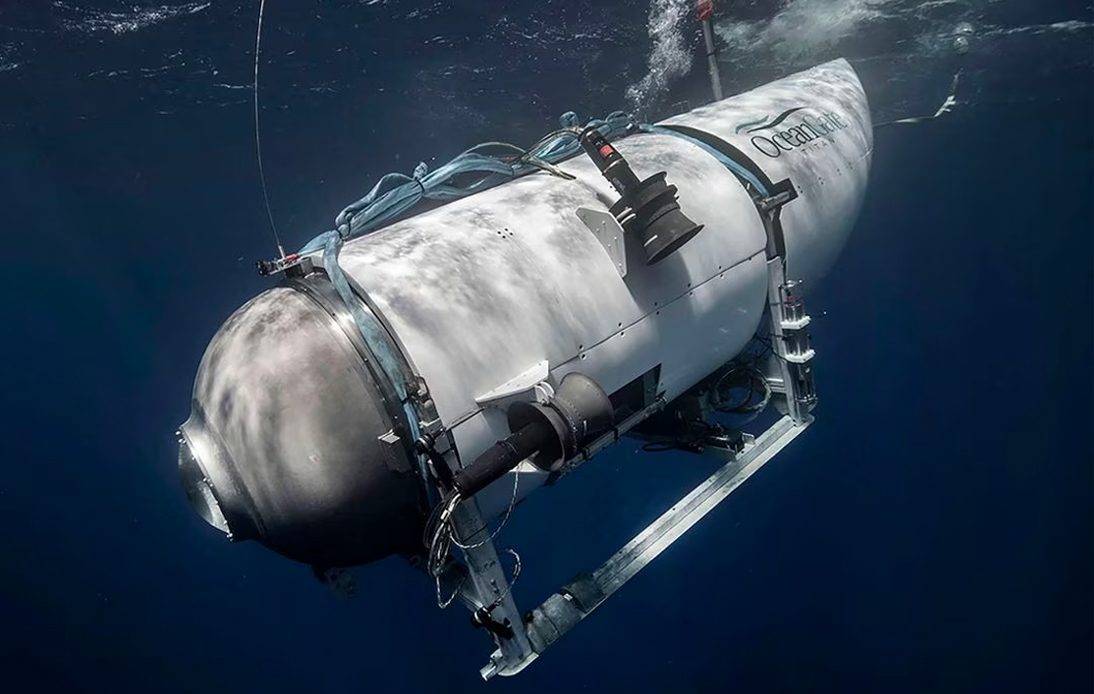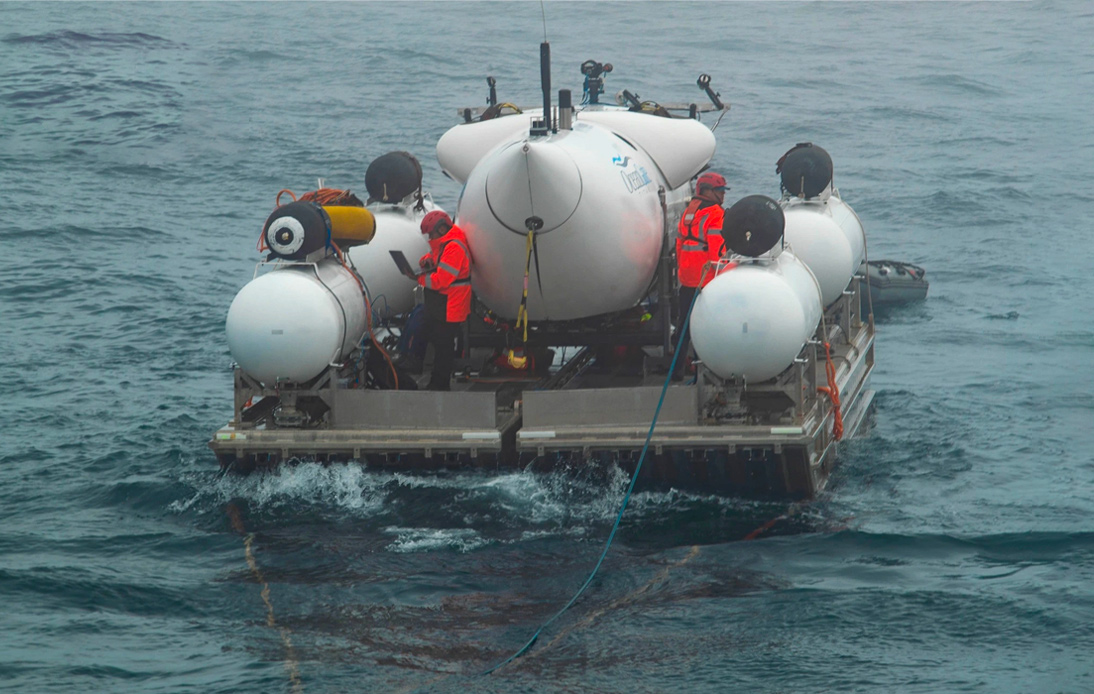
On Thursday, an international search team examined the ocean area surrounding the century-old wreckage of the Titanic, marking the fifth day of the search for a tourist submersible, which was reported missing along with its five passengers on board.
As the clock relentlessly ticked away, the presumed end of the submersible’s air supply loomed ominously – projected to run out by around 6 pm Thailand time on Thursday.
The submarine, known as “Titan,” embarked on its journey to explore the remains of the Titanic, equipped with a projected 96 hours of life support. Its journey started on Sunday at 8 am (3 pm GMT+7) and soon after, it went off the grid.
The support ship remained on the surface, just at the close of what was expected to be a two-hour dive to the globally recognized shipwreck site, located in a secluded part of the North Atlantic.
According to the firm, the Titan embarked with a 96-hour air supply, suggesting its oxygen reserves might be used up by Thursday.
However, experts pointed out that the actual duration of the air supply can vary, depending on a number of factors, including whether the submersible had remaining power and the level of calmness maintained by the crew.
Nevertheless, this countdown to oxygen exhaustion only served as a theoretical deadline, operating under the assumption that the lost vessel was still in one piece, rather than being caught or impaired at the punishing depths close to or on the seabed.
Search and rescue teams, alongside the relatives of the five people aboard the Titan, drew encouragement from the U.S. Coast Guard’s report on Wednesday.
The report stated that Canadian search aircraft had detected underwater noises using sonar buoys earlier that day and on Tuesday.
The Coast Guard revealed that remotely operated underwater search vehicles were directed towards the area where these sounds were picked up, but without any success. They also warned that these noises might not have come from the Titan.
“During any search-and-rescue operation, hope is always present,” said Coast Guard Captain Jamie Frederick during a press briefing on Wednesday. “As for the noises in question, their origin remains unknown.”
Frederick went on to say that the interpretation of the sonar buoy data remained “inconclusive.”
On Wednesday, there was a much-anticipated development to the search effort: the French research vessel Atalante was on its way to release a robot capable of diving to depths even below the Titanic wreckage, which is over 2 miles deep, as reported by the Coast Guard.
The French submersible robot, named the Victor 6,000, was dispatched upon the U.S. Navy’s request.
The Navy was also in the process of dispatching its specialized salvage system, designed to retrieve large, heavy underwater objects such as downed aircraft or small vessels.





















